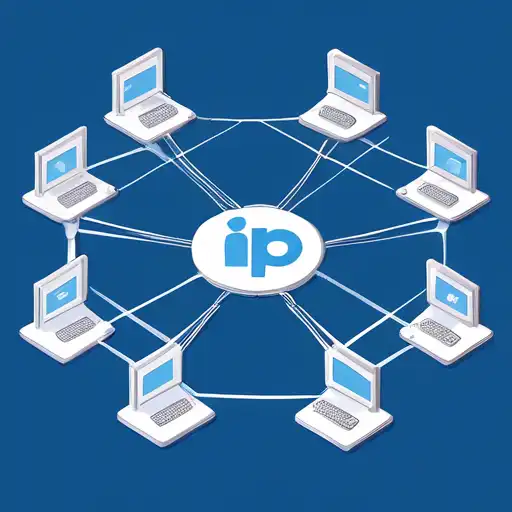Introduction to IP Addresses
In the vast world of networking, understanding the basics of IP addresses is crucial for anyone looking to grasp how devices communicate over the internet. An IP (Internet Protocol) address is a unique identifier assigned to each device connected to a network, enabling them to send and receive data. This guide will walk you through the essentials of IP addresses, their types, and their role in networking.
What is an IP Address?
An IP address is a numerical label assigned to each device participating in a computer network that uses the Internet Protocol for communication. It serves two main functions: identifying the host or network interface and providing the location of the host in the network.
Types of IP Addresses
There are two primary versions of IP addresses in use today:
- IPv4 (Internet Protocol version 4): The most widely used version, consisting of four numbers separated by dots (e.g., 192.168.1.1).
- IPv6 (Internet Protocol version 6): Developed to deal with the long-anticipated problem of IPv4 address exhaustion, it uses a 128-bit address, allowing for a vastly larger number of unique addresses.
How IP Addresses Work
When you type a website's name into your browser, a Domain Name System (DNS) server translates the name into an IP address that your computer can understand. This IP address is then used to route your request through the network to the server hosting the website, which in turn sends the requested data back to your device's IP address.
Static vs. Dynamic IP Addresses
IP addresses can be assigned in two ways:
- Static IP Addresses: These are manually assigned to a device and remain constant until changed manually. They are often used for hosting websites or services.
- Dynamic IP Addresses: Assigned by a Dynamic Host Configuration Protocol (DHCP) server, these addresses can change over time. Most home networks use dynamic IP addresses.
Why Understanding IP Addresses is Important
Understanding IP addresses is fundamental for troubleshooting network issues, setting up a home network, or pursuing a career in IT or networking. It's the first step in mastering how data travels across the internet and how devices communicate with each other.
Conclusion
IP addresses are the backbone of internet communication, enabling devices to identify and communicate with each other across the globe. Whether you're a budding IT professional or just curious about how the internet works, grasping the basics of IP addresses is an essential skill in today's connected world.
For more insights into networking basics, check out our guide on Networking Fundamentals.
